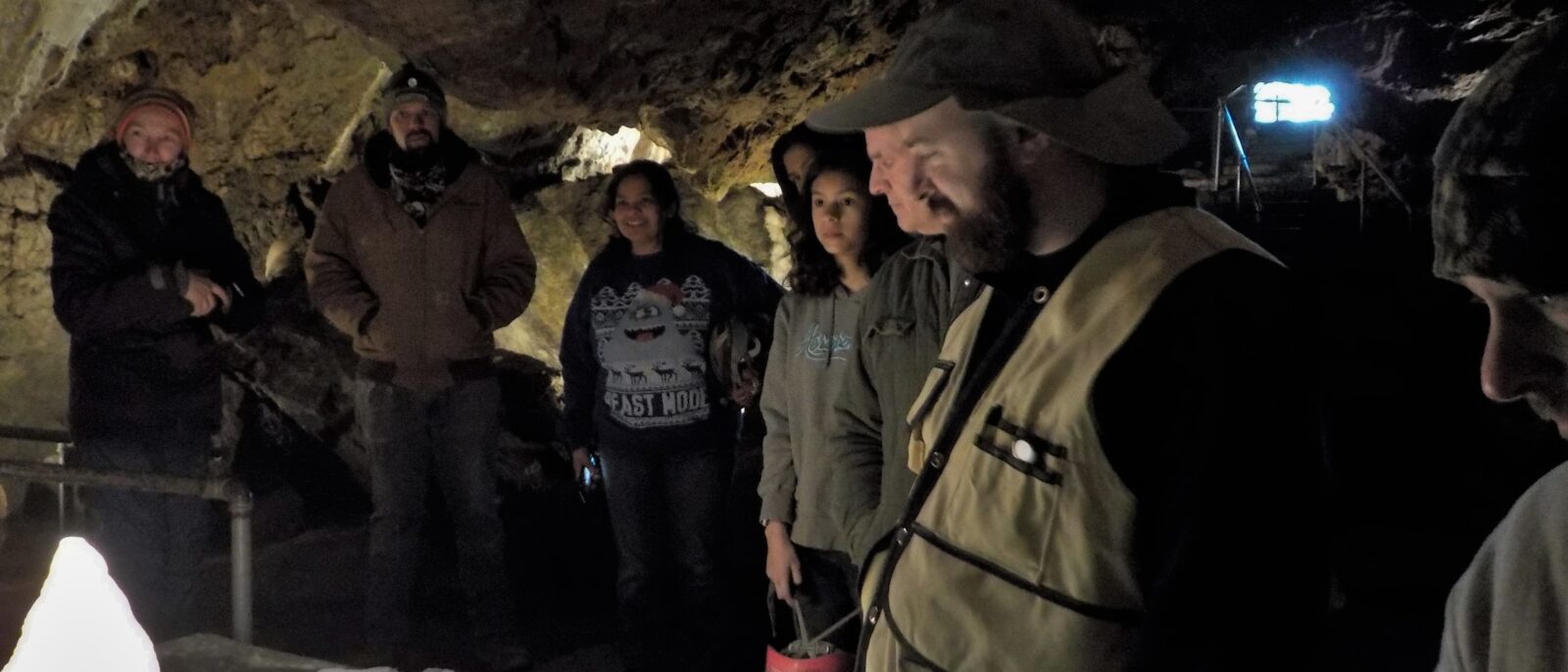A pilot study underway at Harrisburg University of Science and Technology will allow cave lovers to travel into the furthest reaches of Pennsylvania caverns from the comfort of their computers and/or virtual reality equipment.
The “CaVRNs” project, when completed, will boast a database of previously unreachable subterranean spaces across the commonwealth viewable to the public.
“The goal of the project is to increase safety, access, and understanding of underground geologic hazards throughout Pennsylvania,” said Dr. Michael Meyer, HU Earth Systems Science professor. “The findings from this work have had immediate, and sometimes profound, impacts on our understanding of Pennsylvania caves and how people interact with them.”
Backed by an HU Presidential Research Grant and state funding, Meyer, Faculty member Matthew Rissler, colleagues, and students, used high-resolution infrared and 3D scanners to create detailed models of subsurface spaces in 2022.
By quickly creating digital versions of subterranean spaces, researchers hope to lessen the risk to underground investigators and infrastructure. And data collected can be used for models that help viewers better understand groundwater flow, regional bedrock characteristics, and possible contamination risks to aquifers. The data also will be used to make a state-wide database of cave and sinkhole features that can be actively explored. Outreach efforts can also be developed from these materials, making these hazardous spaces even more accessible to the public.
The research team, which includes students Aaron Stone, Gideon Olufemi-Ajayi, Martin Johnson, and Ryan Bosley, traveled to 12 different caves, karst, and other ‘hollow’ ground features to scan them. External project partners include geologists Rose-Anna Behr and Albert Guiseeppe, both of the Pennsylvania Geologic Survey. The team visited some caves multiple times to test different scan methods or prepare procedures for scanning and modelling. Team members then arranged the data for sharing, which could be available to the public by an undetermined date next year.
“This marks the first time anyone in Pennsylvania was able to see into a cave from ‘the outside,’ what would normally be solid rock, and the cave owners were ecstatic about this. Even the simple quantitative data that each model held lengths, volumes, angles, etc., was enough for them to begin remapping their caves and planning for accessibility and infrastructure improvements,” Meyer said. “Most of the cave owners have had their caves as family businesses going back to the Great Depression, they have grown up in those caves. Despite such familiarity, the models provided through this presidential research grant showed features of these caves that the owners had never noticed before. The enthusiasm from the state caving community on modeling their spaces continues, with new caves to be added to the project findings in the next few months.”
Outreach to anyone from professionals to kindergarteners and caving associations, also has been a focal point for the research team. Enthusiasm for the project allowed them to conduct up to four concurrent scans of the same cave system using different techniques for comparison. The large amount of labor allowed HU team members to engage with the public about their work and the University since active tours were still being conducted.
Journal articles, professional papers, meeting sessions, and talks are now being developed from the work. Additionally, when not working in caves, student team members practiced procedures, techniques, and team building on HU’s campus.
“This project has exceeded my expectations on what students can achieve, and what experiential learning can be done, through the Presidential Research Grant program,” Meyer added. “Each student involved got to experience data collection, equipment and software use, logistics, and communicating with the public. The skills they received through this program have directly helped them obtain graduation requirements and job prospects.”
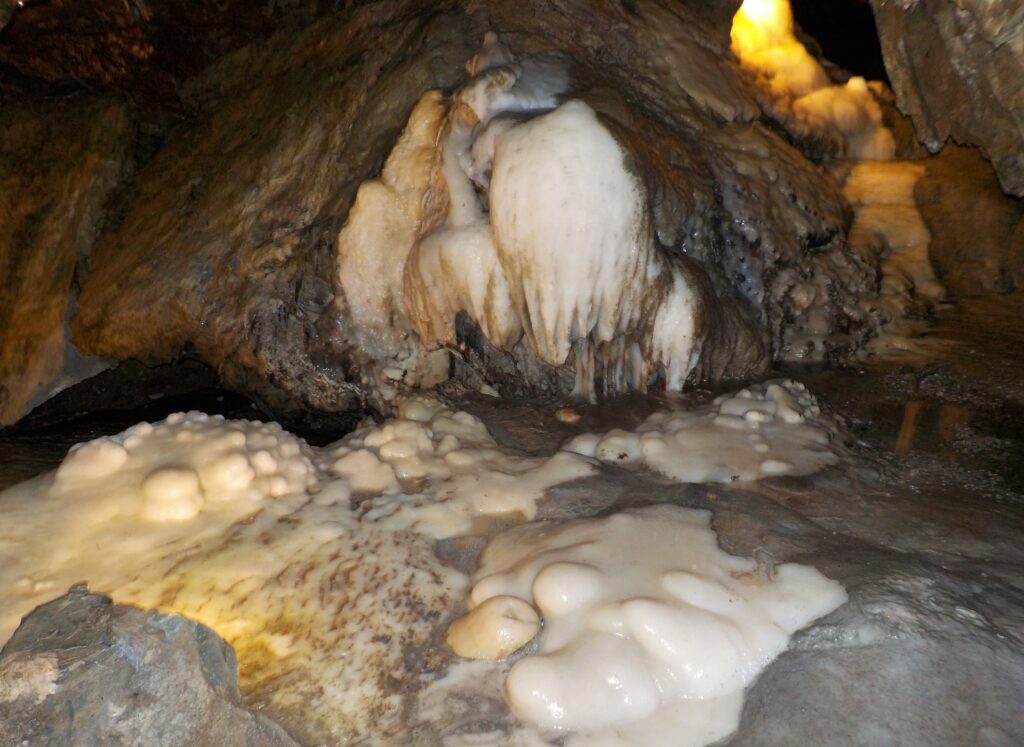
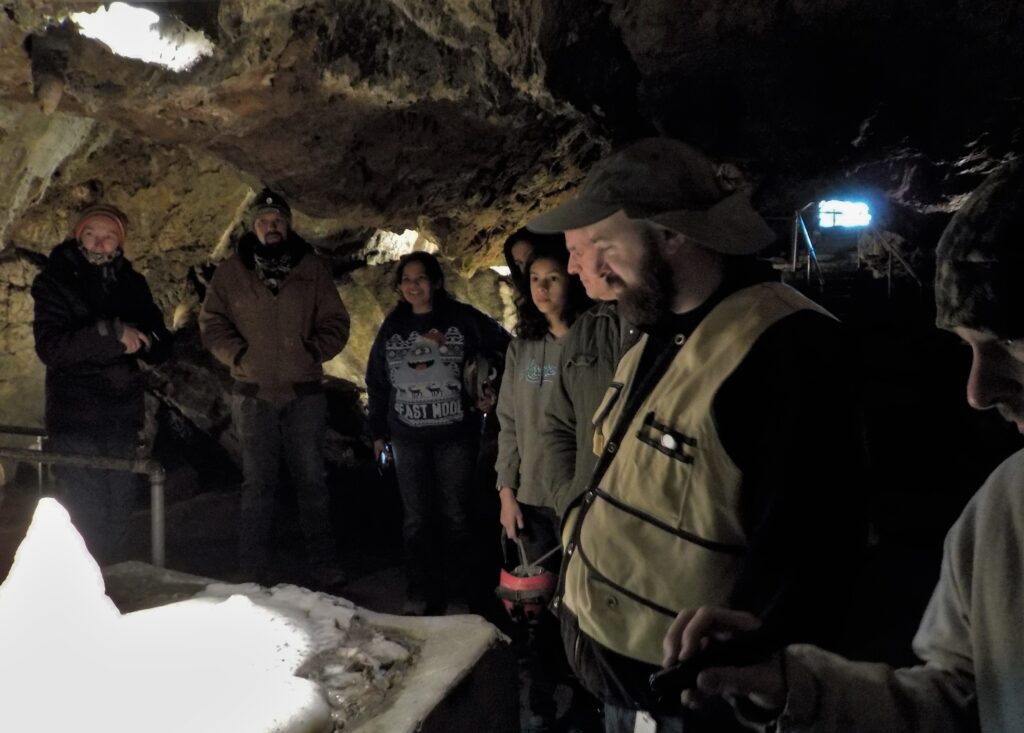
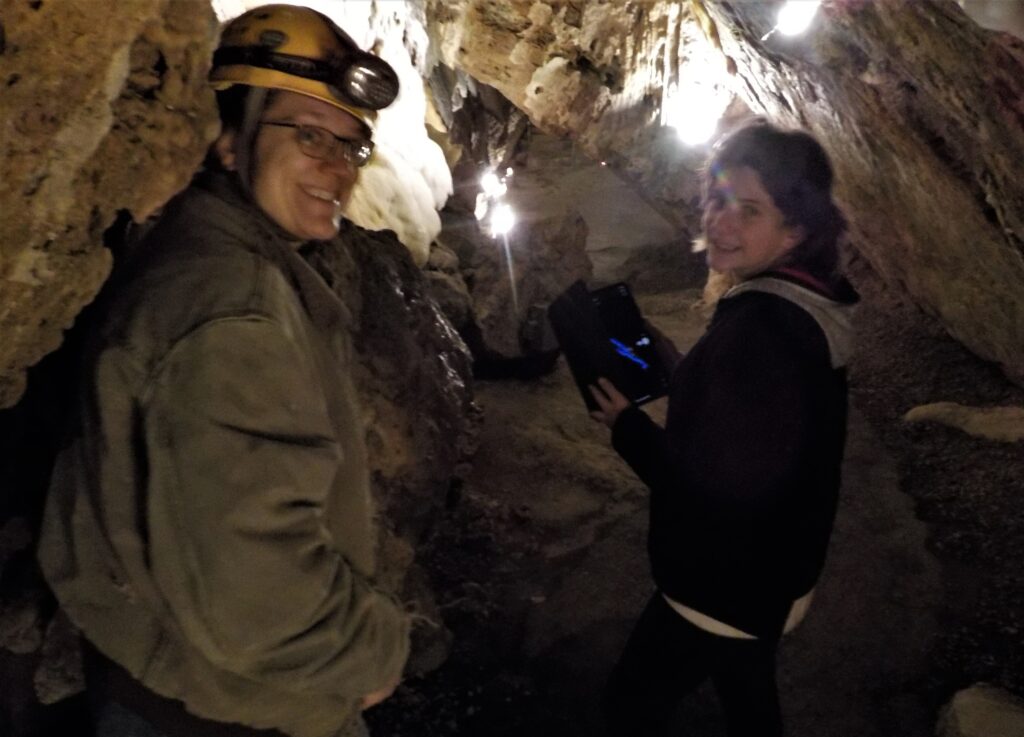
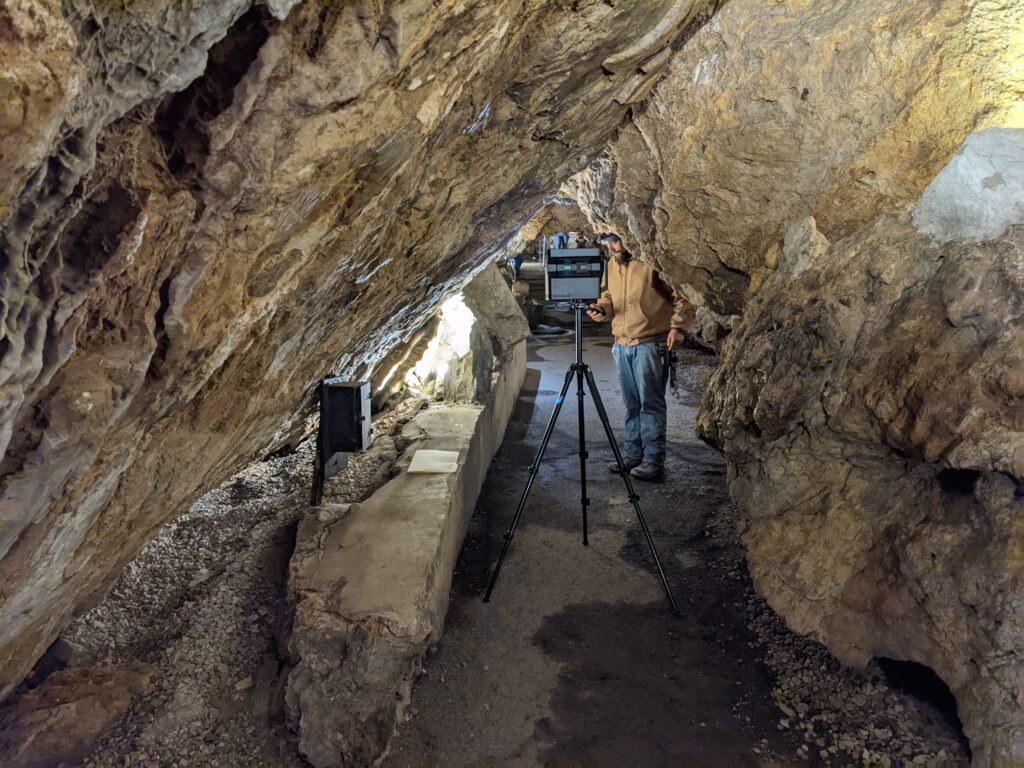
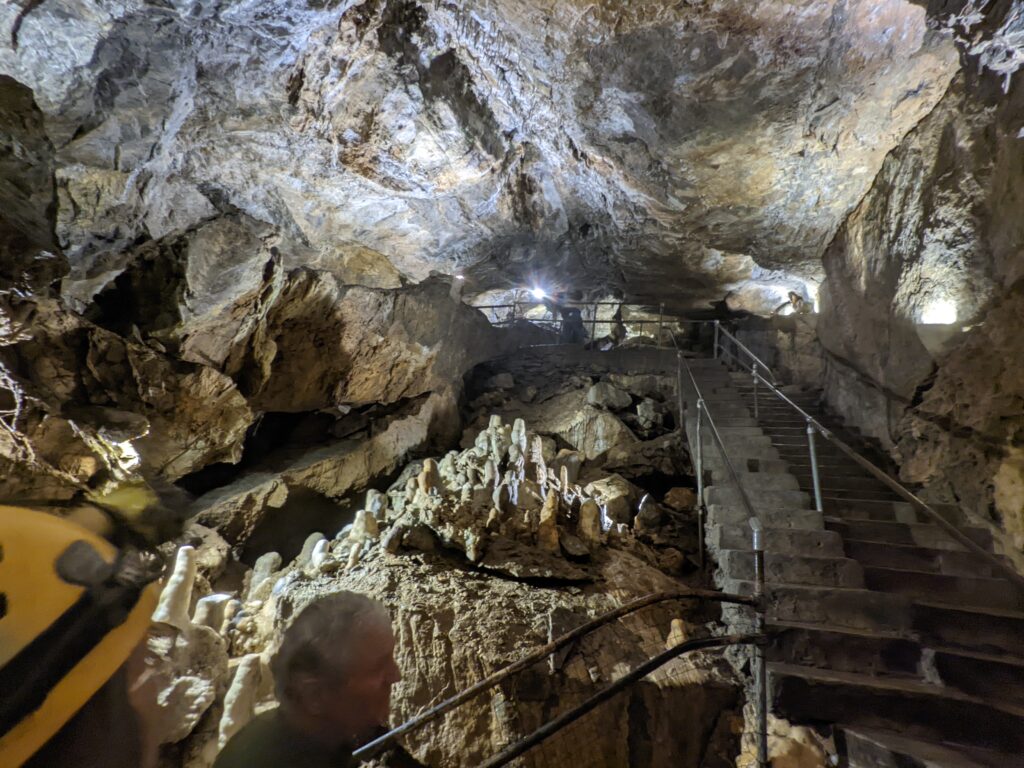
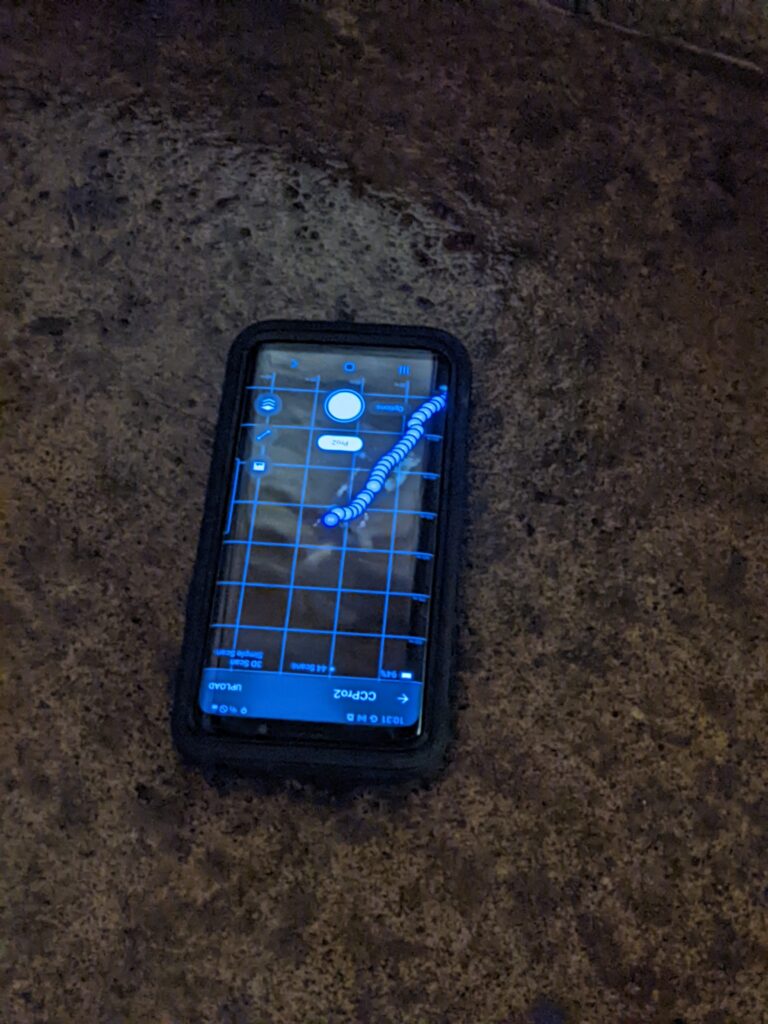
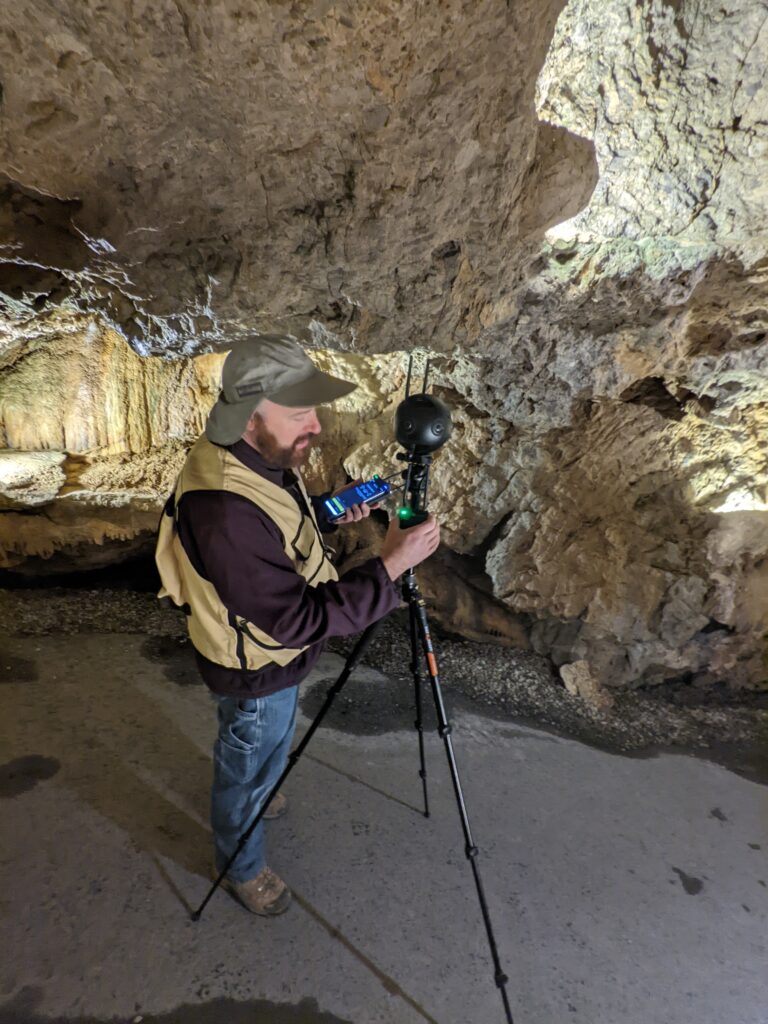
ABOUT HARRISBURG UNIVERSITY
Accredited by the Middle States Commission on Higher Education, Harrisburg University is a private nonprofit university offering bachelor and graduate degree programs in science, technology, and math fields. For more information on the University’s affordable demand-driven undergraduate and graduate programs, call 717-901-5146 or email, Connect@HarrisburgU.edu. Follow on Twitter (@HarrisburgU) and Facebook (Facebook.com/HarrisburgU.
